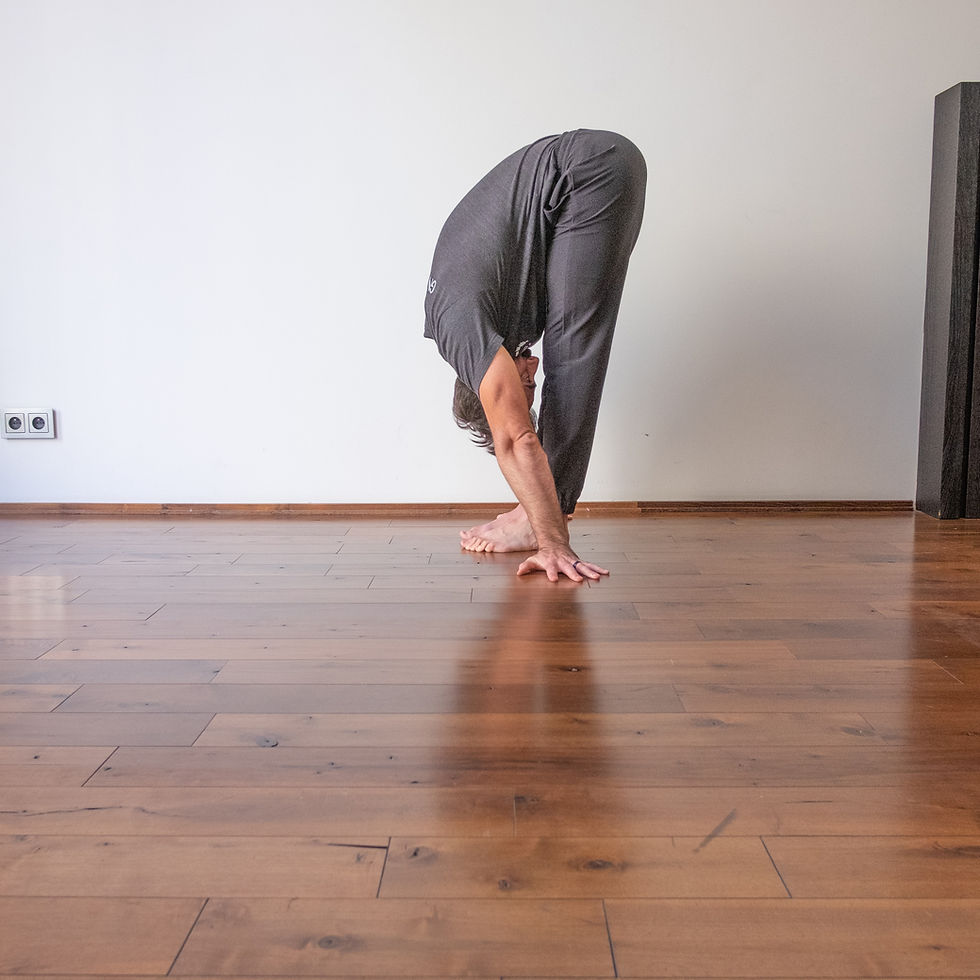Hypermobility and Back Pain: Understanding the Connection
- Kieran Cummins
- Aug 9
- 2 min read

(Part 1 of our Hypermobility & Back Pain Series)
If you live with joint hypermobility and struggle with back pain, you’re not alone. While many people think of being “double-jointed” as a harmless quirk, for some it can mean daily discomfort, fatigue, and a constant feeling of instability, especially in the spine. The good news? With the right approach, you can reduce pain, improve stability, and regain confidence in your movement.
What is Hypermobility?
Hypermobility means your joints can move beyond the normal range because the ligaments and connective tissues are more elastic than average. It’s common in:
Hypermobility Spectrum Disorder (HSD)
Hypermobile Ehlers-Danlos Syndrome (hEDS)
Some people with hypermobility never experience problems, but for others, this extra movement creates challenges — particularly for the spine and supporting muscles.
How Hypermobility Can Lead to Back Pain
1. Joint Instability
Ligaments provide passive stability to your joints. In hypermobility, they’re looser, which means your muscles have to work harder to hold everything in place. Over the day, this can lead to fatigue and aching in the lower back.
2. Muscle Fatigue
Because your stabilising muscles are constantly “on duty,” they tire more quickly. This fatigue can build up, making your back feel heavy, sore, or unstable.
3. Postural Challenges & Lower Crossed Syndrome
One common pattern we see in hypermobile patients with back pain is lower crossed syndrome.This is a postural imbalance where:
The hip flexors and lower back muscles are tight.
The glutes and deep abdominal muscles are weak.
This imbalance causes the pelvis to tilt forward (anterior pelvic tilt), increasing the curve in the lower back and placing extra strain on the lumbar spine.In people with hypermobility, this pattern is more likely because joint laxity allows the pelvis to drift into that tilted position more easily — and because the deep stabilising muscles may not be activating effectively. Over time, this can lead to persistent back discomfort, stiffness, and reduced movement control.
4. Reduced Proprioception
Many people with hypermobility have reduced joint position awareness. This means you might not notice when your back is in a risky position, making awkward movements or overstrain more likely.
Why Physiotherapy Helps
Physiotherapy is the gold-standard, non-invasive treatment for hypermobility-related back pain. At Redrock Physio in St Albans https://www.redrockphysio.co.uk/hypermobility-physiotherapy-st-albans, we:
Assess your movement and posture to spot instability and muscle imbalance.
Strengthen weak muscle groups (especially the core and glutes) to protect your spine.
Improve body awareness through balance and control training.
Teach pacing strategies to reduce flare-ups and fatigue.
Our goal is to help you move with confidence — not just mask the pain.
Looking Ahead – Part 2
In Part 2 of this series, we’ll look at how to build strength and control safely with hypermobility — including which exercises to focus on, how to avoid common pitfalls, and why Pilates (especially Reformer-based training) can be a game-changer for spinal stability.
Need help now?If hypermobility is making your back pain hard to manage, book an appointment with our physiotherapy team in St Albans. We’ll create a plan that addresses your specific challenges and supports your long-term goals.



Comments